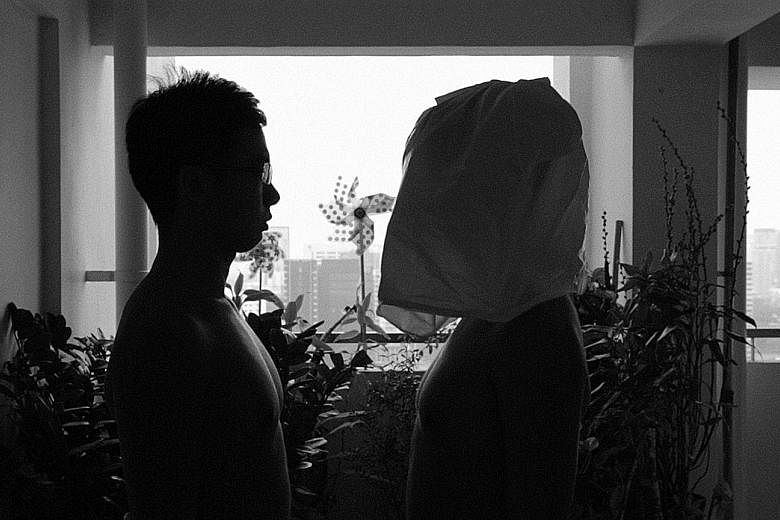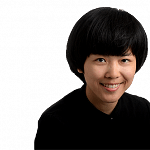When viewed as either drawings or photographs, the prints in John Clang's latest solo show may be deemed by some as poor works of art.
The Singapore-born artist, whose given name is Ang Choon Leng, says: "If it is a drawing, they may think it is a bad drawing. If it is a photograph, they may say it is a bad photograph because you can't see the details."
But neither drawings nor photographs is what the 43-year-old, who works primarily in film and photography, aims to show at Fost Gallery in Gillman Barracks.
Rather, he offers an intimate look at the interior landscape of his mind and the images lodged in his consciousness.
-
VIEW IT / THE WORLD SURROUNDING AN INDOOR PLANT
-
WHERE: Fost Gallery, 1 Lock Road, Gillman Barracks, 01-02
WHEN: Till Sept 4, 11am to 7pm (Tuesday to Saturday), 11am to 6pm (Sunday), by appointment on Monday
ADMISSION: Free
His latest works, made using photography and drawing techniques, explore what an image can be in this day and age, when people have easy access to cameras by way of smartphones and readily snap pictures which they share online.
Clang, who is influenced by the writings of the 18th-century Scottish philosopher David Hume on images, believes that they should be depictions of impressions in one's memory which viewers can engage with and use to expand their imagination.
To him, a non-smartphone user who carries a flip phone, the restless and mindless production of photographs desensitises viewers to the potency of images.
He says: "These photographs may be a record of what happened, but not the experience of what happened. But in this fast-paced world, people want to be fed with information, people want to be directed in the way they experience things rather than let their imagination expand their minds and thoughts."
The photographic prints and video works in his show, The World Surrounding An Indoor Plant, are memories of his experiences - conversations he had or things he saw, which are "buried in my heart".
These experiences, he says, recur in his life, so when he decides to use them in his art, he has his camera on standby, ready to "press the button on that moment".
The photograph is then projected by a magic lantern - a type of projector used in image-making as early as the 17th century - onto paper and traced with charcoal. The sketch is photographed, enlarged and presented as the final work.
The process renders the image out of focus while magnifying the drawing marks in detail. This creates visual tension and heightens the ambiguity of the memory, he says.
It also produces an imprecise image that encourages viewers to fill in the blanks with memories of their own experiences and, in turn, connect with the work.
The prints are shown together with a set of black-and-white silent videos that are each projected onto postcard-size sheets of paper with a single line of text written on them. While each print offers a snapshot of a moment, the video shows an unfolding situation.
The overlapping text, which he borrows from everyday conversation, is unrelated to the choreographed moment in the video, but meant to colour the viewer's experience of the image.
The 18 works in the show are priced for sale from $6,000.
He says: "Future historians looking back on this time will have no lack of images on how we live, but what they may not have is the mindset of the people, the artists living through it. I want to create works that mark our times and where I am now."


